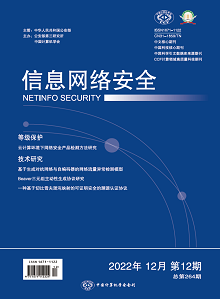Anonymity is an important characteristic in blockchain, with the application of blockchain in many fields such as traceability systems, identity authentication, auction system, and the Internet of things, the risk of blockchain de-anonymization has increased greatly, and the privacy protection and audit supervision of data need to be addressed. Researchers have found advanced encryption primitive zero-knowledge proof in the field of cryptography to enhance the anonymity and privacy of blockchain, and there have been breakthroughs. This paper started from the blockchain scheme of zero-knowledge proof, firstly explained the principle mechanism of zero-knowledge proof, then comprehensively analyzed and compared the relevant schemes, divided the three research priorities of privacy payment, privacy computing, and audit supervision, and analyzed the research objectives and progress of each scheme in three priorities, summarized the advantages and shortcomings of the existing work, and finally analyzed the existing limitations and challenges based on the current research status and elaborates the future research directions.

